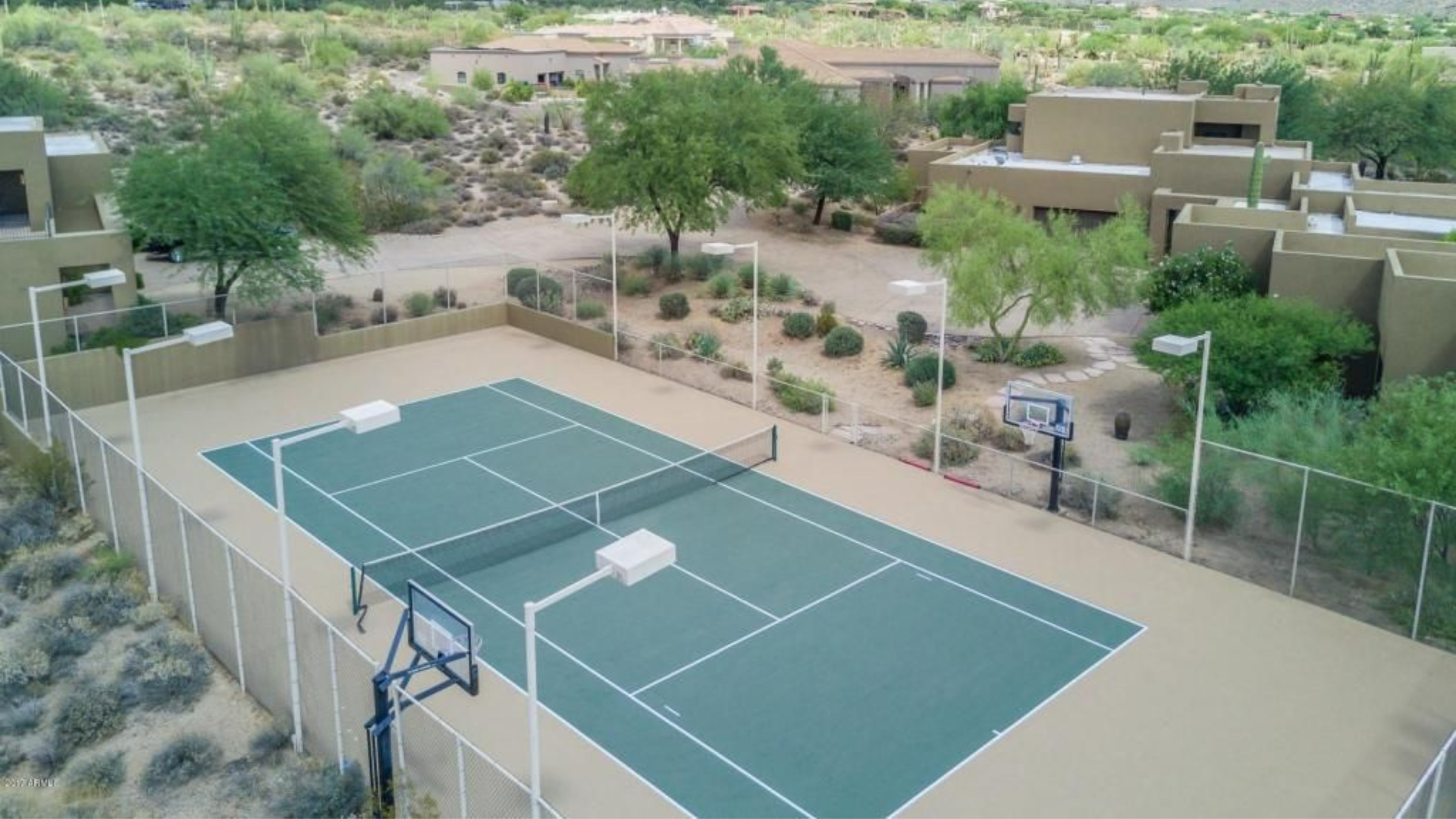The opioid crisis is a significant public health issue. Opioid overdose deaths have been rising for the past decade. This trend is alarming and emphasizes the need for effective intervention. Understanding opioid overdose is crucial for effective prevention and response. This article provides detailed information on opioid overdose, its treatment, and prevention strategies.


